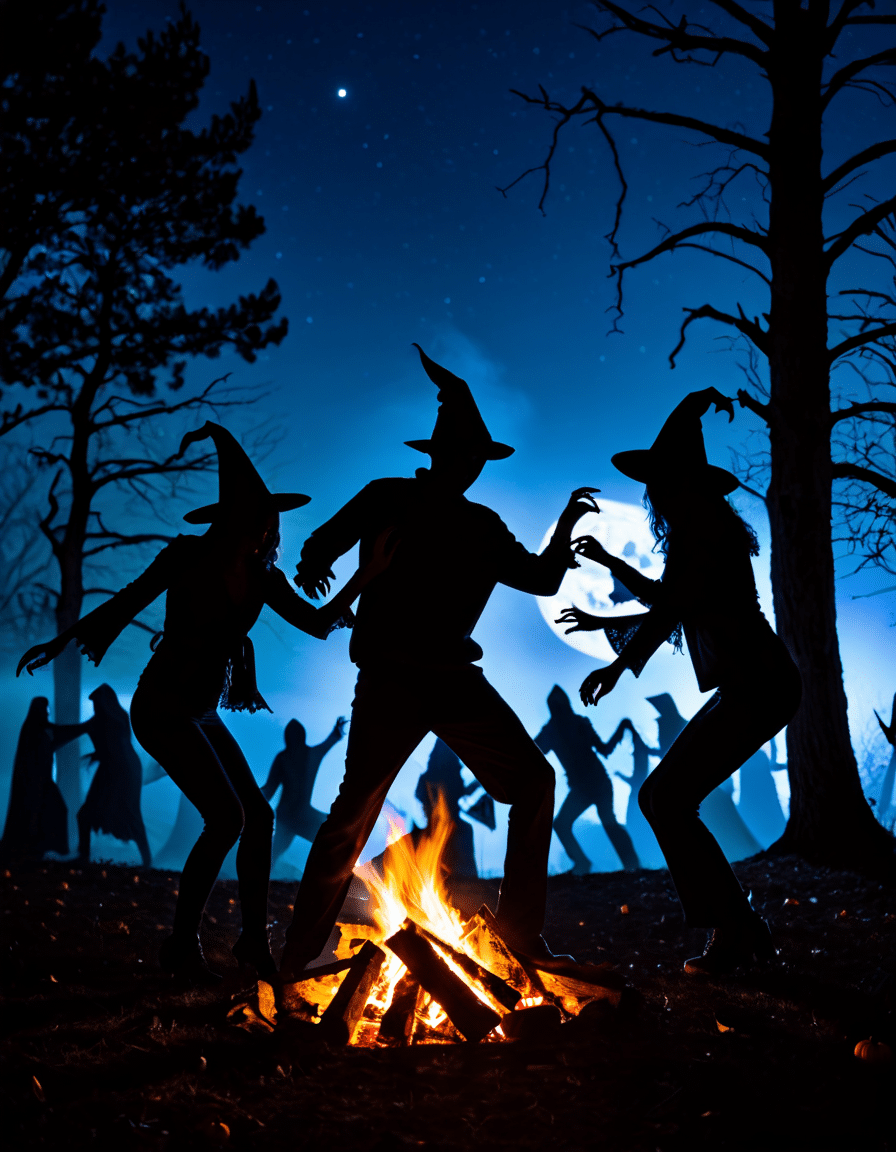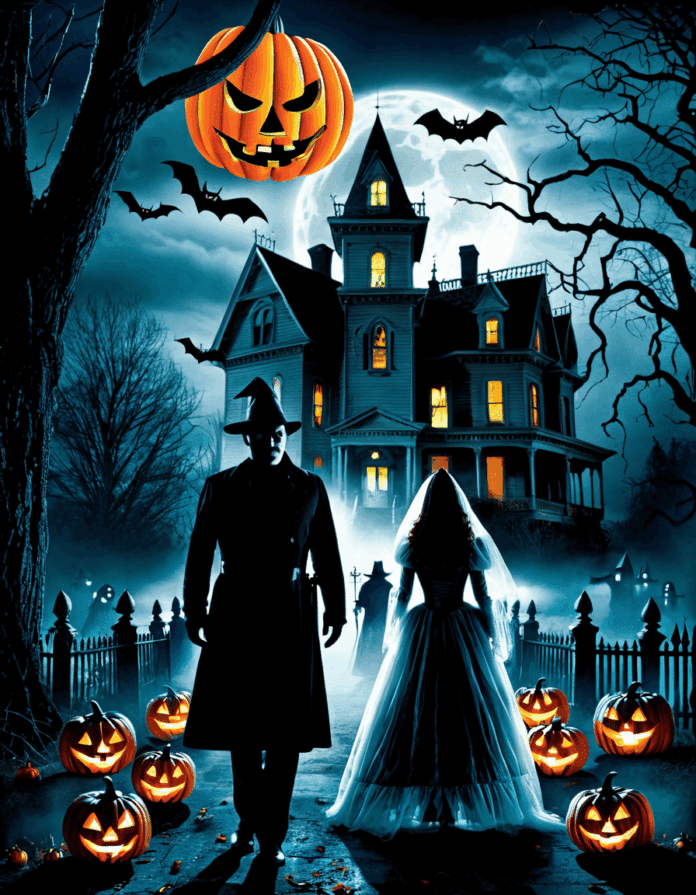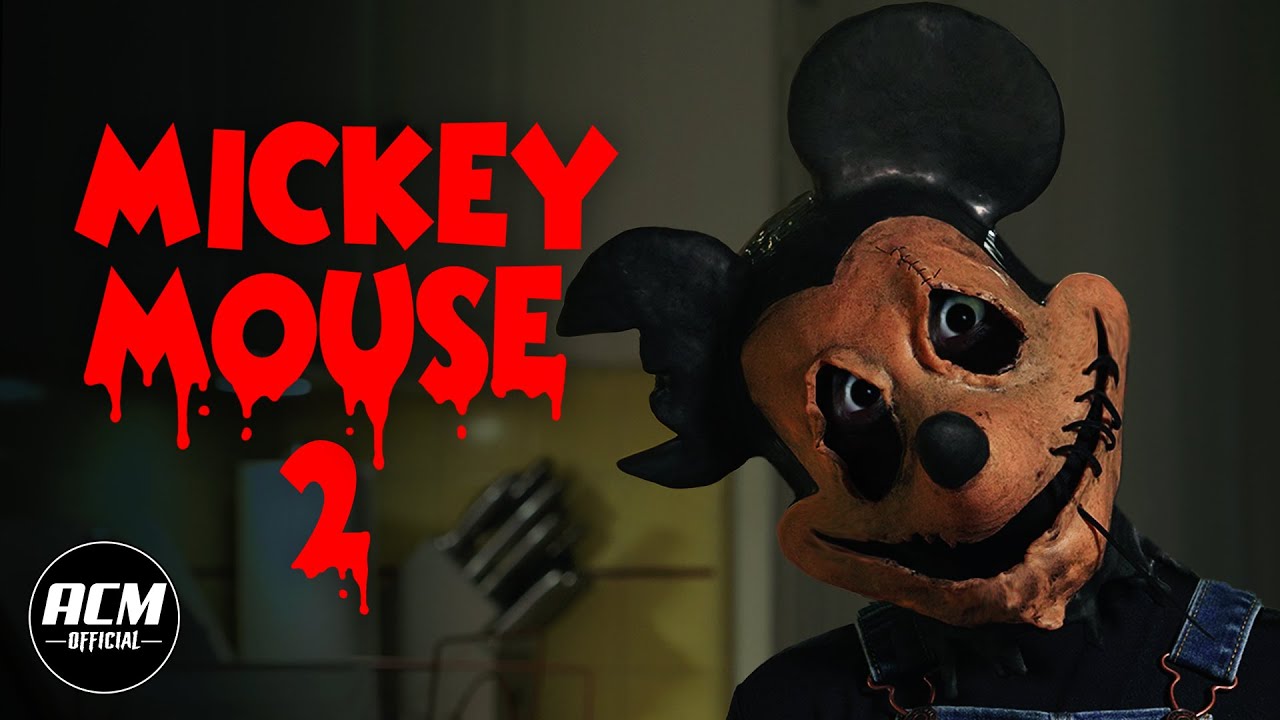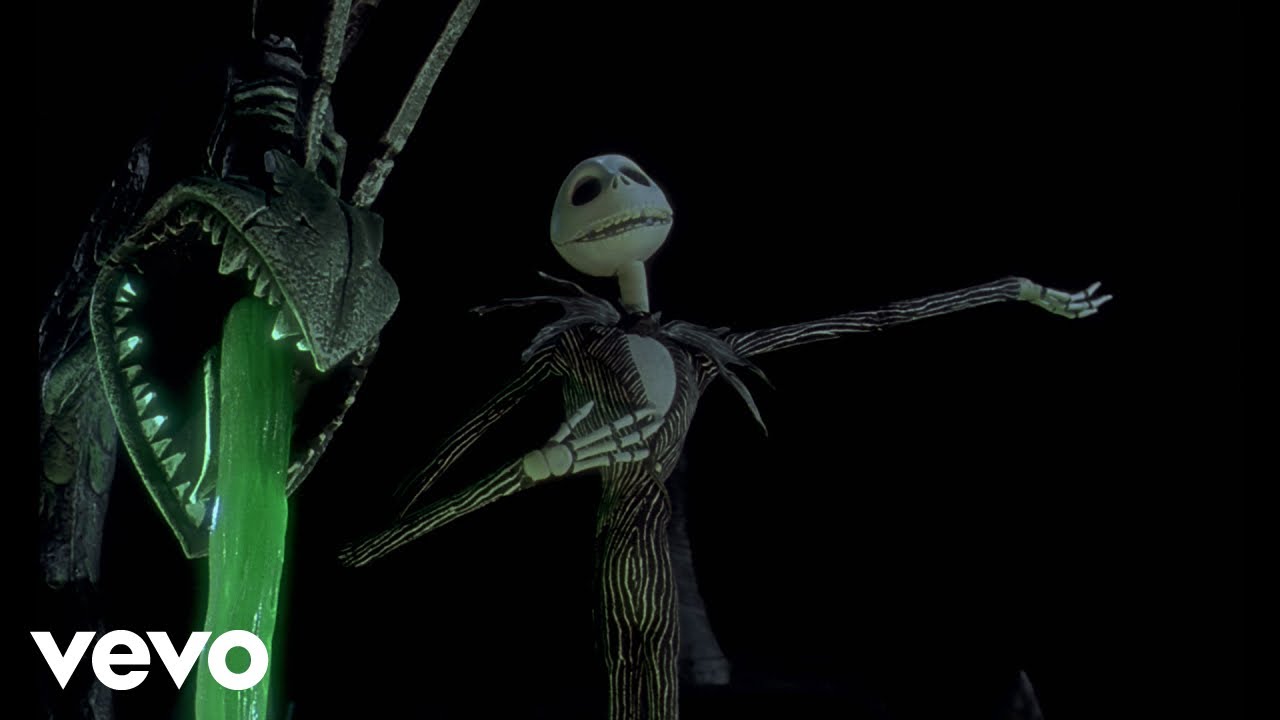The versatile genre of horror has seen numerous films that reshaped our expectations, daring filmmakers to push boundaries in storytelling and psychological depth. But one Halloween movie, Halloween (1978), stands tall as the cornerstone that not only redefined the genre but also set a blueprint for future horrors. Its innovative storytelling revolutionized the horror landscape, leaving a mark that filmmakers still refer to today. Glance at the shelves of movie theaters in October, and it’s clear: Halloween turned the fright fest into a cultural phenomenon.
As we dive into the intricacies of this influential movie, it’s essential to highlight how it laid the groundwork for modern horror films, creating a legacy that echoes through cinema decades later.
A Landmark Halloween Movie: Analyzing Its Influence on Horror Genre Evolution
Halloween fundamentally altered the way we perceive horror, introducing fresh elements that many filmmakers adopted. This film stood out in a landscape dominated by supernatural narratives, such as The Exorcist or Dracula. John Carpenter’s creation of the iconic Michael Myers—a killer driven by a mysterious, inexplicable evil—set a precedent. This archetype gave rise to a slew of horror villains that filled our nightmares, including Jason Voorhees from Friday the 13th and Freddy Krueger from A Nightmare on Elm Street. Even today, new adaptations and sequels further emphasize the movie’s lasting influence.
What makes Halloween so remarkable is how it captured true suspense. Carpenter embraced simplicity in a big way—who needs booming sound effects when you can craft terror through eerie silences and a haunting piano score? It transformed the genre, proving that the scariest moments often come from what’s left unseen. Filmmakers like those behind The Blair Witch Project and Paranormal Activity took notes, showing that psychological fear resonates louder than excessive gore.
But the film didn’t just innovate in horror aesthetics; it also introduced the “Final Girl” trope. Jamie Lee Curtis’s Laurie Strode became symptomatic of resilient, resourceful female leads who confront evil head-on. This shift provided empowerment while challenging traditional gender roles in horror. The representation and complexity of these characters have influenced modern icons, such as Sidney Prescott in Scream and Jenny in Friday the 13th Part 2. This evolution in storytelling addresses the intersection of morality and survival in horror, enriching narratives and creating new expectations.
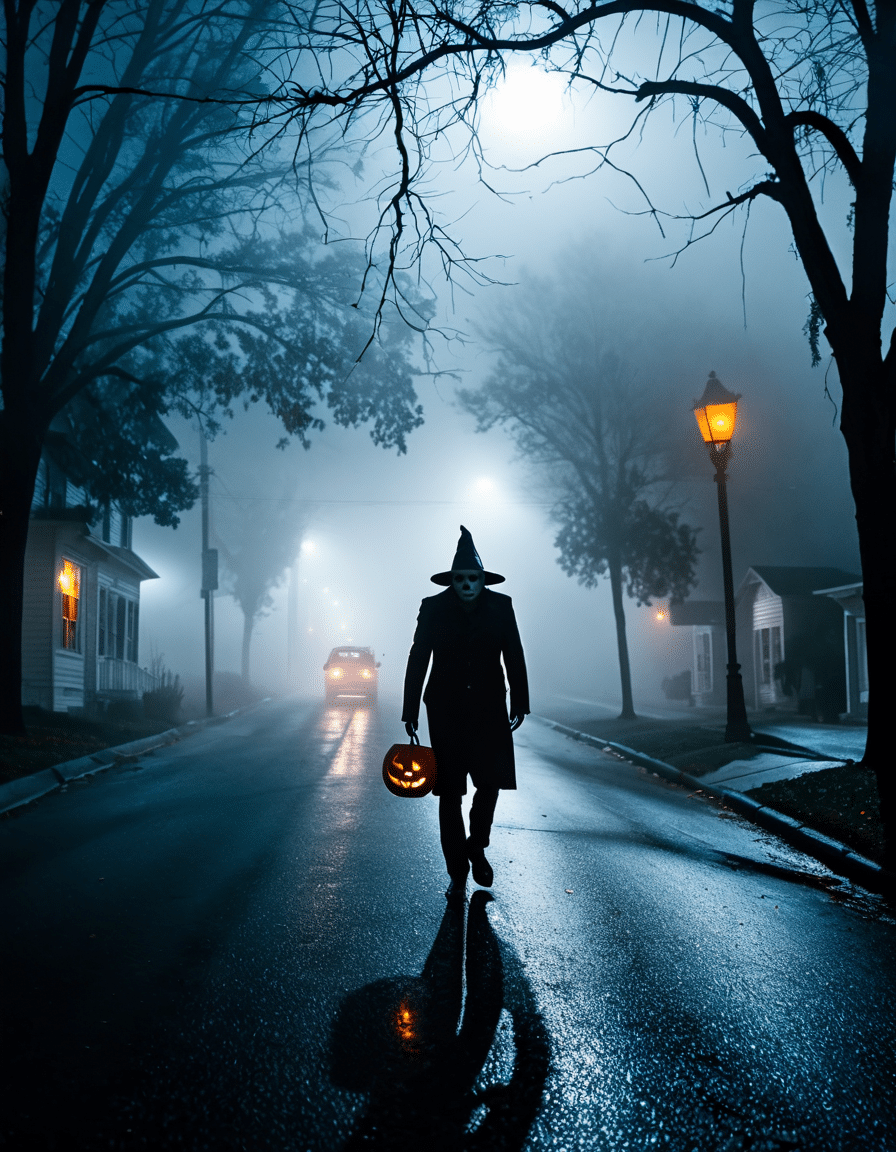
5 Ways the Halloween Movie Redefined Horror Movies
Before Halloween, horror mainly explored supernatural themes. John Carpenter’s Michael Myers changed that; this cold-blooded killer became a model for slasher villains. Jason Voorhees and Freddy Krueger owe their existence to Myers, who set the mold for high-school horror.
Carpenter used minimalistic settings and a simple score, most notably the iconic piano theme, to show that horror doesn’t need elaborate special effects. Films like The Blair Witch Project later embraced this principle, proving that audience anxiety often overshadows visible scares.
Laurie Strode’s character paved the way for strong female leads confronting their fears. This trope continues to shape the horror landscape; audiences find empowerment within these narratives.
The unexpected success of Halloween led studios to invest in more independent horror films. Its performance became a beacon for budget filmmakers, encouraging stories with depth without the Hollywood price tag.
The film’s October release transformed Halloween into a viewing party for horror aficionados. Today, the Halloween legacy extends beyond just films, influencing how we celebrate the spooky season and binge-watch our favorite horror flicks.
The Long-Term Cultural Impact of Halloween on Movie Theaters
Since Halloween’s debut, movie theaters morphed into horror hot spots, drastically changing audience expectations. The movie’s low budget, contrasted with its box office domination, opened new doors for horror films in the late ’70s, leading to a consistent stream of releases centered around fear. With franchises like Saw and Insidious capitalizing on the Halloween rush, horror became a staple in the annual cinematic calendar.
Looking back, it becomes evident that Halloween transformed cinema’s landscape. Filmmakers learned that solid storytelling—not just high budgets—could lead to substantial returns. This newfound understanding breathed life into horror, as filmmakers experimented with blending genres, creating films that appealed to a wider audience.
The relationship between horror and seasonal celebrations also evolved. Once Halloween came crashing on the scene, filmmakers began capitalizing on holidays like Thanksgiving, creating feel-good yet tense films, as seen with Planes, Trains and Automobiles. Similarly, Christmas horror flicks, such as Home Alone, often reveal a darker twist. By intertwining these themes, storytellers keep audiences engaged throughout the year.
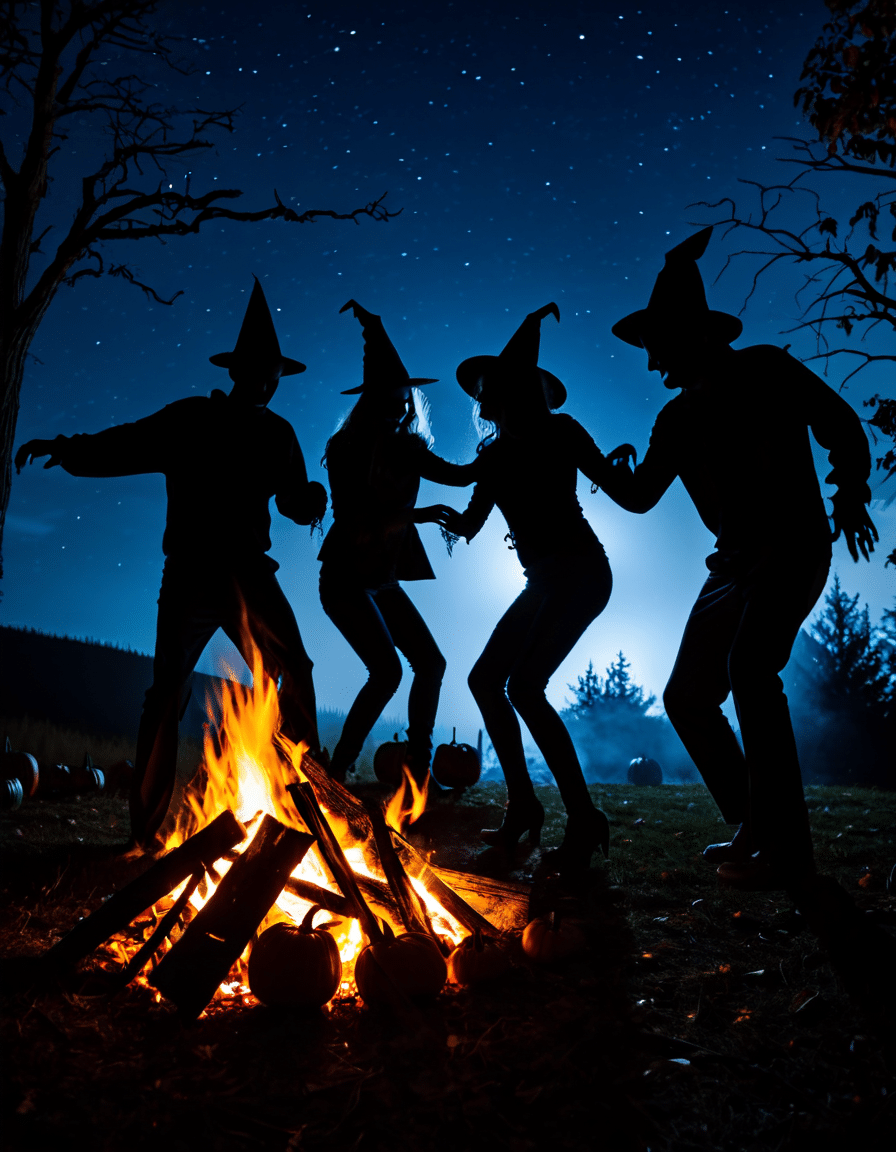
Horror’s Relationship with Seasonal Celebrations
Horror blockbusters are now part of our cultural fabric, seamlessly blending with holiday narratives like Thanksgiving and Christmas movies. After Halloween, holiday-themed films became more adventurous, infusing horror elements into heartwarming family stories. This cross-pollination keeps audiences entertained, leading to a richer cinematic experience.
As contemporary filmmakers revisit classics, there’s an evident appetite for those timeless horror themes. Nostalgic tributes and modern reinterpretations echo Carpenter’s original vision—sparking the kind of primal fears and thrills that keep moviegoers coming back for more. This renewed interest in classic horror and holiday-adjacent stories indicates a significant shift in audience consumption, emphasizing the desire for innovative, thrilling experiences inside movie theaters.
In a landscape increasingly packed with streaming options and various platforms, Halloween persists as a heavyweight. Its legacy rings true, reminding us that terrifying yet captivating stories continue to await discovery in the dark recesses of our imaginations.
As we gear up for another Halloween season, let’s remember the impact this groundbreaking Halloween movie has made. With horror movies soaring, from Sunday Night Football marathons to discussions around films like Shaun Of The Dead, it’s safe to say that Halloween will always reign as a genre cornerstone, ensuring that the fear lives on—in our theaters and beyond.
So, grab your popcorn and maybe some Halloween candy, and settle in for a night of spine-chilling fun; after all, isn’t that what this season is all about?
Halloween Movie: The Film That Changed Horror Forever
The Birth of a Classic
When we think about horror movies, it’s hard not to mention the iconic Halloween movie. Released in 1978, this game-changer introduced audiences to the relentless Michael Myers. But did you know that this film was created on a shoestring budget of just $300,000? It went on to earn over $70 million at the box office! Talk about a return on investment! In fact, this success laid the groundwork for countless slasher films that followed. It’s like Roy Rogers always said,There’s a great big beautiful tomorrow, and for the horror genre, that saying never rang truer.
A New Era of Fear
One of the most groundbreaking aspects of the Halloween movie was its use of a suspenseful score, composed by John Carpenter himself. The chilling melody has become synonymous with horror and was instrumental in crafting a tense atmosphere few films have matched since. Additionally, the film was one of the first to portray teenagers in peril, revolutionizing how young characters were depicted in cinema. This aspect mirrors the struggles depicted in Excuse me This Is My room, another film that creatively showcases personal confrontations.
Interestingly, the portrayal of strong Women in the Halloween movie is noteworthy, too. Jamie Lee Curtis’s character, Laurie Strode, navigated the harrowing events with grit and determination, marking a departure from the typical damsel in distress trope. This shift paved the way for the emergence of iconic female heroines in horror, emphasizing their unwavering strength—much like what you’ll find documented in publications discussing women’s roles in film. With compelling female leads, it’s safe to say that the Halloween movie has had a lasting effect on the landscape of the horror genre.
The Legacy Lives On
Ever since its release, the Halloween movie has spawned a franchise that includes sequels, remakes, and reboots. Its influence can even be traced to modern hits, creating a lineage that thrills both old and new horror fans alike. Its investment in innovation reflects a deep understanding of audience desires—much like how destinations such as Hotels on The beach in Laguna seem designed with guest experiences in mind. And surprisingly, horror aficionados even connect the story’s simplicity to trending cultural themes. All in all, it’s no wonder that a character like Michael Myers still haunts our screens, while newer talents like Souheila Yacoub emerge, offering fresh takes on classic narratives.
In this way, the Halloween movie isn’t just a spooky flick; it’s a significant stepping stone in cinema, shaping how stories are told and who tells them. Just look at the way it intertwines with tales across genres, reminding us that horror, like any good story, evolves—each narrative giving way to new ideas, much like the shifts in football fandoms with exciting names like Gnonto making headlines. So, the next time you pop in that classic, remember: you’re not just watching a film; you’re part of a cultural legacy that started decades ago and continues to thrill audiences today.
